Jahanpanah was a protected city built by Muhammad bin Tughlaq to fight against the Mongol attacks. The city is now in ruins but people can still spot ancient walls and some fine structures inside the fort. The word Jahanpanah means ‘Refuge of the world’. The city extends from Siri to Qutub Minar. The city is now managed under urban development and a lot of modern structures have been built alongside the fort. It is one of those monuments that still carries the essence of the history of Delhi.
Location
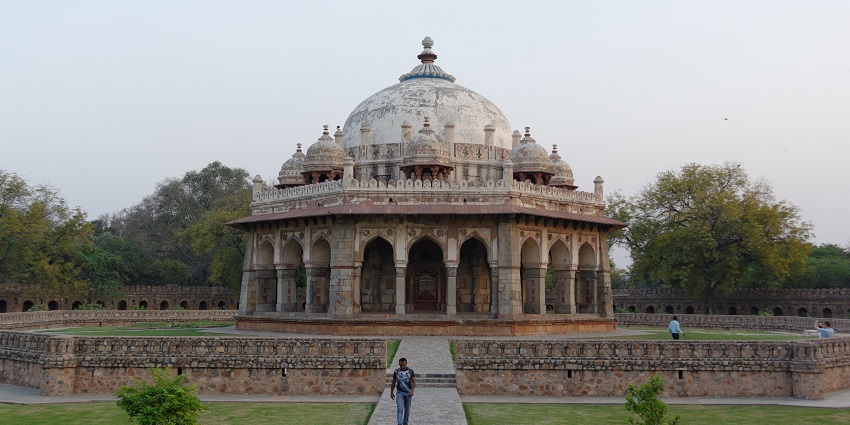
Photo: Slyronit / Wikimedia Commons / Image For Representation Only
Jahanpanah is situated in the region of South Delhi and in it lies the Jahanpanah Fort. It is easily accessible and connected to all parts of the city as well the country through air, rail, and roadways.
Suggested Read: Ultimate Guide For Top Places To Visit In South Delhi
How To Reach Jahanpanah Fort
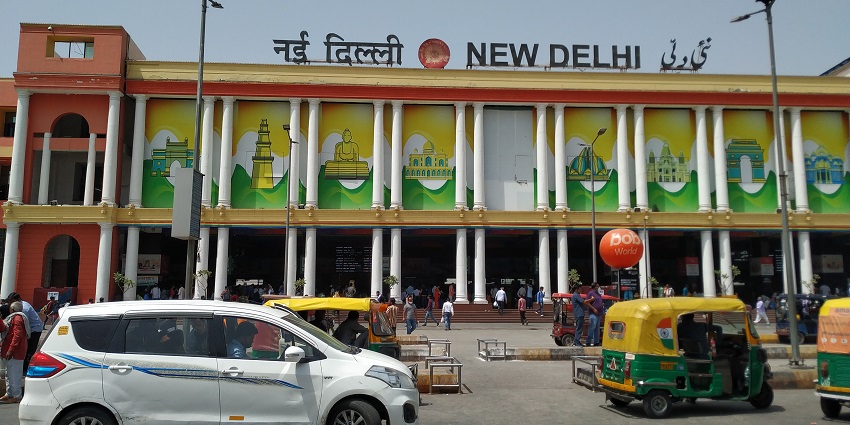
Photo: Ravi Dwivedi / Wikimedia Commons
You can easily reach Jahanpanah Fort Delhi:
By Air: Delhi is connected to all the metro cities through air travel. Indira Gandhi International Airport in Delhi is 18 minutes away from the site.
By Rail: Delhi is connected to almost the entire country by train. New Delhi railway station is the nearest railway station to reach the site.
By Road: Tourists can catch buses from ISBT Anand Vihar, and ISBT at Sarai Kale Khan from cities like Kanpur, Lucknow, Jaipur, Agra, Ahmedabad and others.
Places To Visit Near Jahanpanah Fort
1. Kalka Mandir
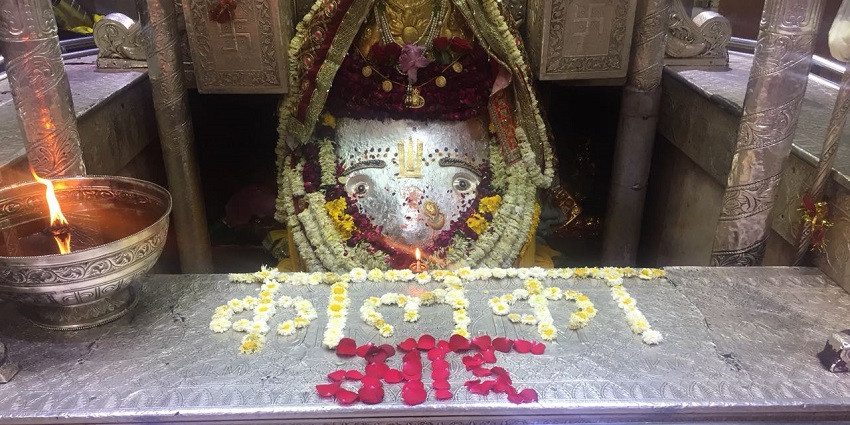
Photo: Shrikalkajimandir / Wikimedia Commons / Image For Representation Only
Kalkaji Mandir, is a popular Hindu Temple near Nehru Place, South Delhi. It is dedicated to the Hindu Goddess Kali. It lies in Kalkaji, a locality that has gotten its name from the temple itself. The common belief here is that the portrait of the Goddess Kalkaji here was self-manifested and that the shrine belongs to the Satya Yuga. The temple is dearly visited by worshippers throughout the year but the area experiences more celebration during festivals. Devotees come together and sing bhajans and folk songs, praising the Goddess Durga. The atmosphere around the temple is quite breezy and bright with lights illuminating all night.
Timings: 4 AM – 5 AM, 6:30 AM – 11:30 AM and 12 PM – 11:30 PM
Entry Fee: Free
Suggested Read: Discovering The Temples In South Delhi For A Spiritual Journey
2. Kiran Nadar Museum Of Art
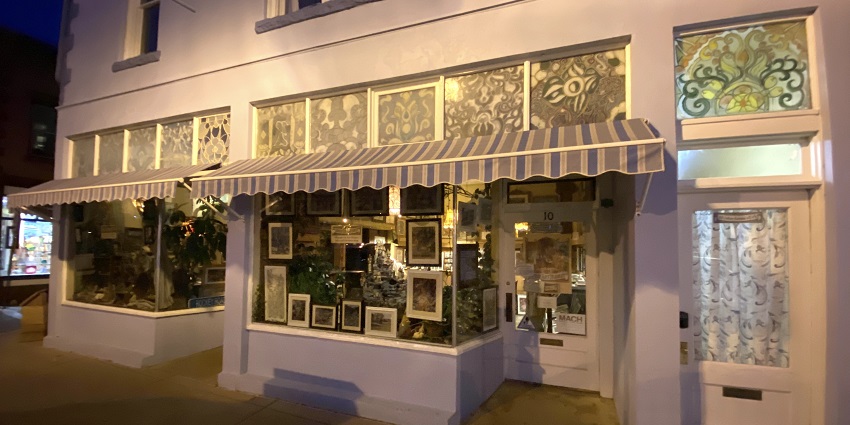
Photo: Myotus / Wikimedia Commons / Image For Representation Only
The Kiran Nadar Museum of Art (KNMA) is a private contemporary art museum and can be found in New Delhi and Noida. It was founded in 2010 and is India’s very first private museum that was made in dedication to contemporary art. The exhibition houses extraordinary works that Kiran Nadar accumulated over the last two decades, especially the pieces that are the epitome of 20th century art. KNMA is an important addition to the list of Indian private art museums. It also inspires other art collectors to bring out more pieces for the public.
Timings: 10:30 AM – 6:30 PM
Entry Fee: Free
3. Siri Fort
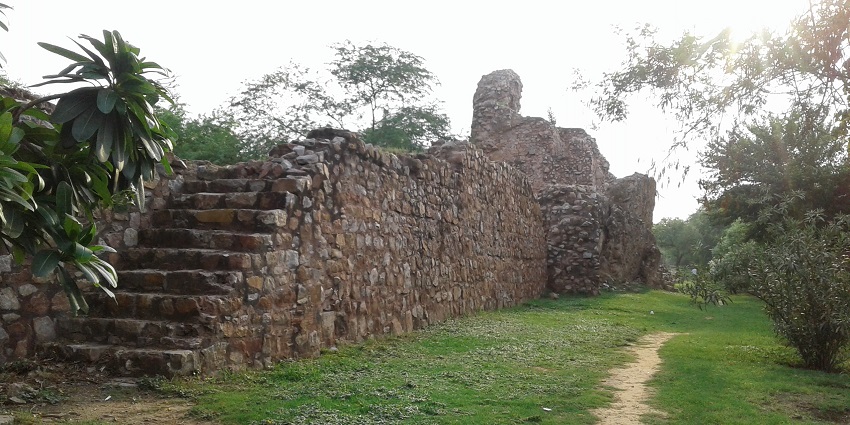
Photo: Yashvi Sahraya / Wikimedia Commons
Siri Fort, located in the city of New Delhi, was constructed during the reign of Alauddin Khalji, the second emperor of Khilji Dynasty. It was to secure the city from the attacks of the Mongols. Siri is one of the most ancient cities of historic Delhi and was built around 1303. The majestic monument still resonates with the grandeur of the past and has remains of the majestic buildings and precious stones which once graced the walls. The site has now become a place for leisure and local entertainment. At any time of the day, you can find visitors exploring the ruins or children playing around in the park area.
Timings: 6:30 AM – 8:30 PM
Entry Fee: Free
Suggested Read: Some Must-Visit Places To Visit Near Lotus Temple
4. Lotus Temple
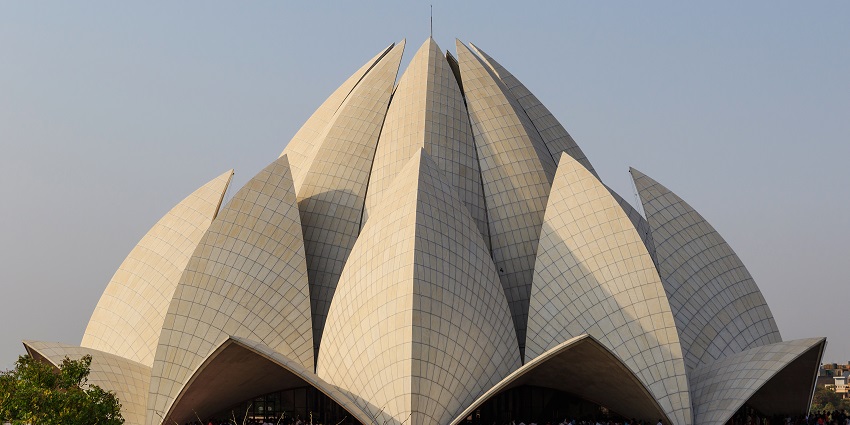
Photo: A.Savin / Wikimedia Commons
The Lotus Temple, situated in New Delhi, is a house of worship that was constructed in 1986. Popular for its gorgeous lotus shape, it has become a major attraction in the city. The Lotus Temple is open to all to visit regardless of their religious orientation or any other qualification. The Lotus Temple has become so popular that it welcomes about 100,000 visitors during peak holiday season.
Timings: 8:30 AM – 6 PM
Entry Fee: Free
5. Jantar Mantar
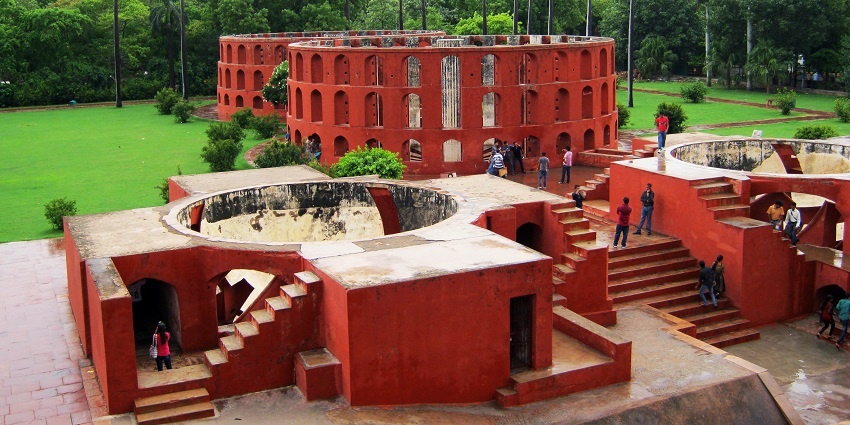
Photo: Subeesh Balan സുഭീഷ് ബാലൻ / Wikimedia Commons
Jantar Mantar is situated in New Delhi. The term ‘Jantar Mantar’ literally means ‘equipment for calculating the harmony of paradise’. It comprises about 13 architectural astronomy equipments. The site is one of five constructed by the renowned and very knowledgeable Maharaja Jai Singh II of Jaipur in 1723. The aim behind building these observatories and equipment was to gather astronomical data and to accurately foresee and measure the movement of the planets and weather. The building was finally completed in the year 1724 but during British rule, the condition of Jantar Mantar of Delhi had declined by the 1857 revolt.
Timings: 9 AM – 6 PM
Entry Fee: ₹25 for Indians and ₹300 for foreigners
Suggested Read: Top Places To Visit In Delhi For Every Type Of Traveller
Where To Stay
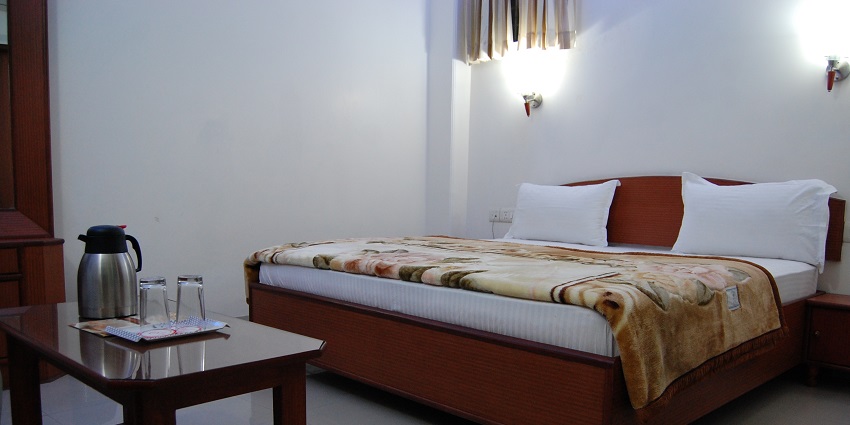
Photo: sharmahouse / Wikimedia Commons / Image For Representation Only
Delhi is a tourist-favourite city and has many luxury and budget options for accommodation anywhere you may go in the city. Holiday Inn, Golden Suites Gurugram, Hotel Le Seasons, Sarovar Portico Surajkund, etc. are some of the amazing hotels near Jahanpanah Fort.
Where To Eat
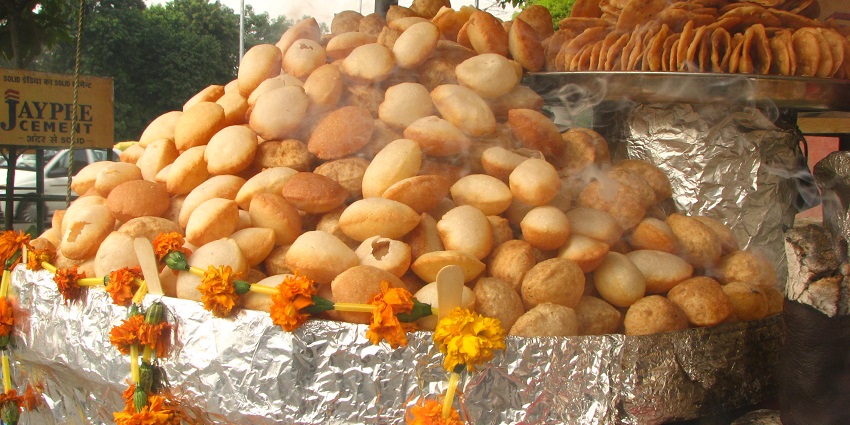
Photo: Irfan ali k c / Wikimedia Commons / Image For Representation Only
There are many cafes and restaurants near Jahanpanah Fort in Delhi. Chili’s Grill and Bar, Hungry Cry, Cafe Parmesan, Say Fontina and Daryaganj restaurant are some great options that you can try.
Suggested Read: Best Street Food Places In Delhi To Let Your Taste Buds Savour
Best Time To Visit
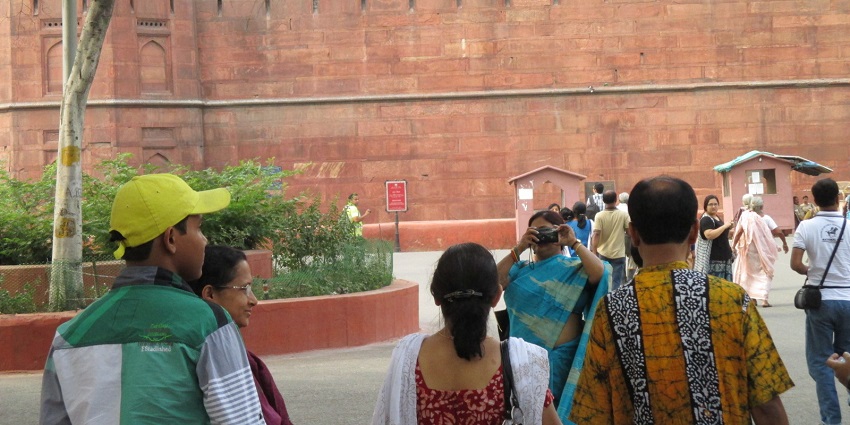
Photo: Billjones94 / Wikimedia Commons
The time between October to March would be the perfect time to visit the fort as the climate is most pleasant. Though the months of December and January are quite cold, you can enjoy the cosy atmosphere while exploring the fort. Jahanpanah Fort timings are from 9 AM to 6:30 PM in the evening. It takes about three hours to explore the whole fort.
Other Factors To Consider

Photo: Dino Reichmuth / Unsplash / Image For Representation Only
Average Cost Of The Trip
There is no entry charge to visit the fort. People can visit any time during the open hours and visit the fort. Other expenses included are travelling, which sums up to around ₹300 – ₹400 depending on when and how you travel to Jahanpanah Fort in Delhi.
Tips For Travellers
- Public transport is the best way to reach Jahanpanah Fort.
- Don’t forget to click Jahanpanah Fort pictures while exploring the same.
Suggested Read: Places To Visit Near Delhi For The Weekend
Delhi is of profound historical magnitude as an important commercial, tourist, and cultural hub, as well as the political centre of the country. It is a major tourist spot with this amazing Jahanpanah Fort. This fort stands as an icon of history and attracts the history-buffs. Thus, plan your trip with TripXL now to have a hassle-free visit to this fort.
Cover Photo: Rajnish kumar raj photographer / Wikimedia Commons / Image For Representation Only


 WhatsApp
WhatsApp
 Twitter
Twitter









